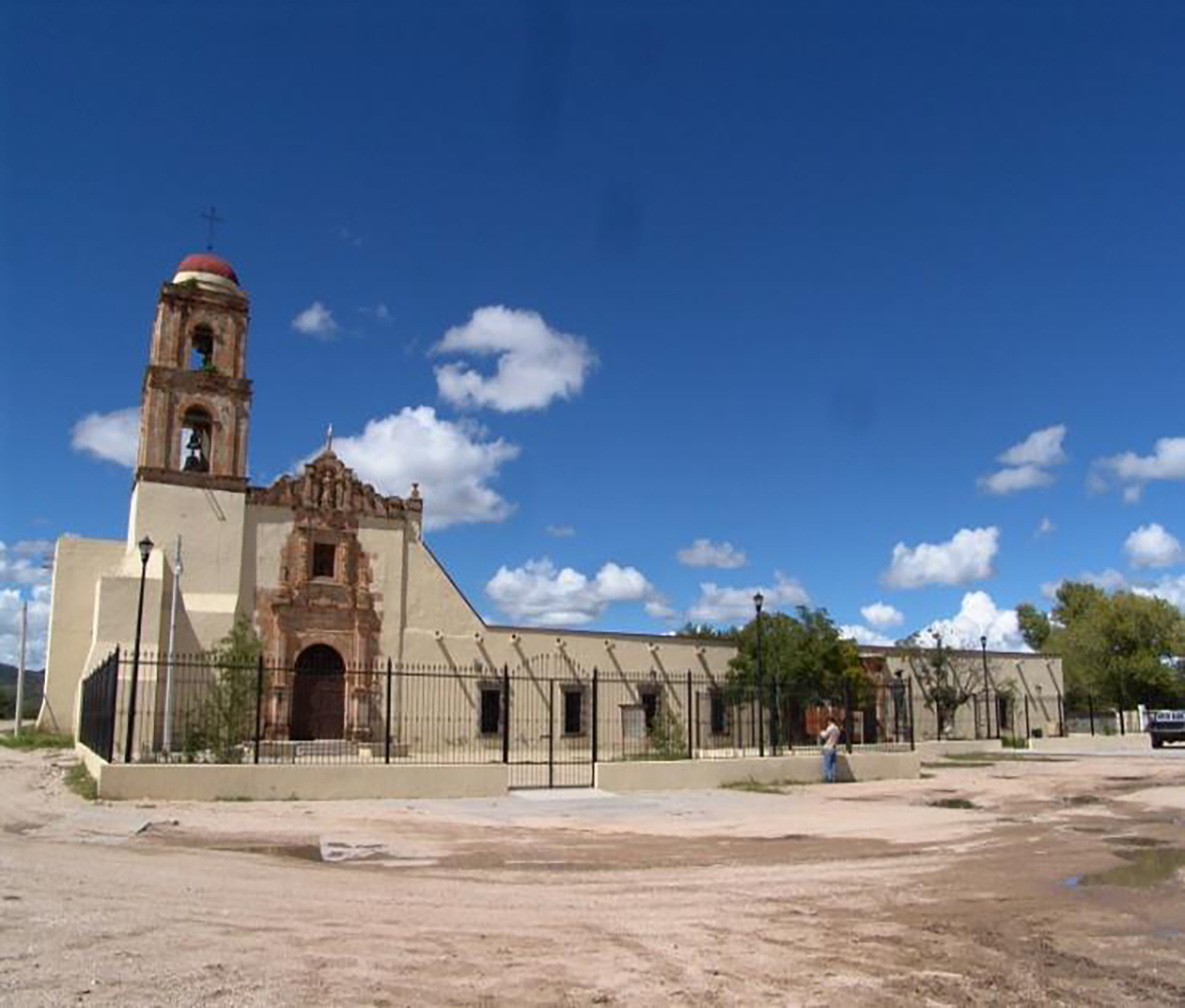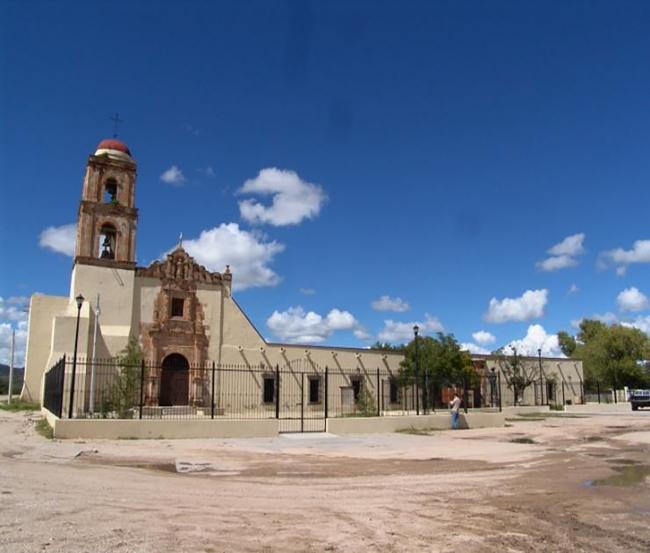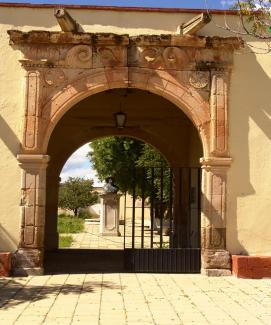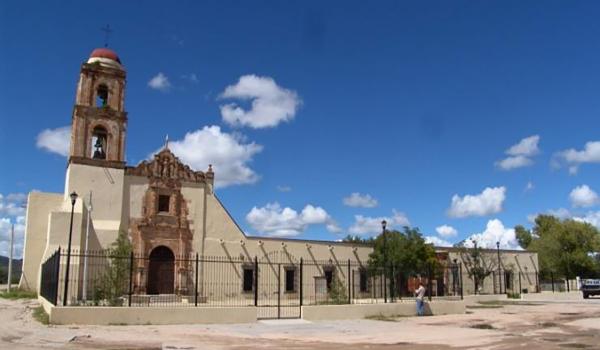Antigua hacienda de la Limpia Concepción de El Canutillo
Route element
Antigua hacienda de la Limpia Concepción de El Canutillo
La Hacienda de la Limpia Concepción de El Canutillo, located in the current municipality of Ocampo, Durango, dates back to the second half of the 17th century. Originally built as an agricultural estate, its primary function was to supply the mining center of Parral (Chihuahua). However, it eventually became one of the wealthiest haciendas in the region due to its proximity to the Río Florido, which facilitated irrigation and thereby increased productivity.
Hacienda El Canutillo served as an overnight stop for travelers heading towards the mining town of San José del Parral, making it a significant point along the Camino Real de Tierra Adentro. Starting from 1785, the main house and the church that are known today were constructed on the hacienda. According to records from 1898, the hacienda encompassed five hundred hectares of irrigated land, five hundred hectares of rainfed land, over sixty-seven thousand hectares of grazing land, and adjoining estates such as Espíritu Santo, Vía Excusada, and Nieves.
Las structures de la hacienda forman un conjunto donde destaca la iglesia, construida en 1794 y dedicada a la Limpia Concepción de María. Este templo fue construido con cantera rosa típica de la región y presenta una planta de cruz latina. Su fachada está compuesta por un arco de medio punto, enmarcado por medias pilastras con altos zócalos. En la portada resalta la ventana coral flanqueada por columnas estípites y una hornacina con la figura de la Limpia Concepción de María. La torre, de dos cuerpos de mampostería, es de manufactura contemporánea.
After abandoning armed struggle in July 1920, Francisco Villa chose the Old Hacienda of La Limpia Concepción de El Canutillo as his residence. When the federal government acquired it to grant it to him, the property was in ruins, but it had a significant advantage: its excellent location made it easily defensible from all angles.
Villa rebuilt and expanded the facilities of the hacienda, prepared the land for planting, built houses for his workers and escorts, a school, and a pelota court (a sport he frequently played). In addition to providing services such as electricity, postal services, telegraph, telephone lines, medical care, carpentry workshops, harness making, tailoring, shoemaking, and blacksmithing, he operated a store where goods brought from other places were sold at cost, and products produced on the hacienda were distributed for free among the residents. He allocated large areas for the cultivation of corn, beans, and wheat, as well as producing chili peppers, potatoes, peanuts, sweet potatoes, watermelons, and cantaloupes.






